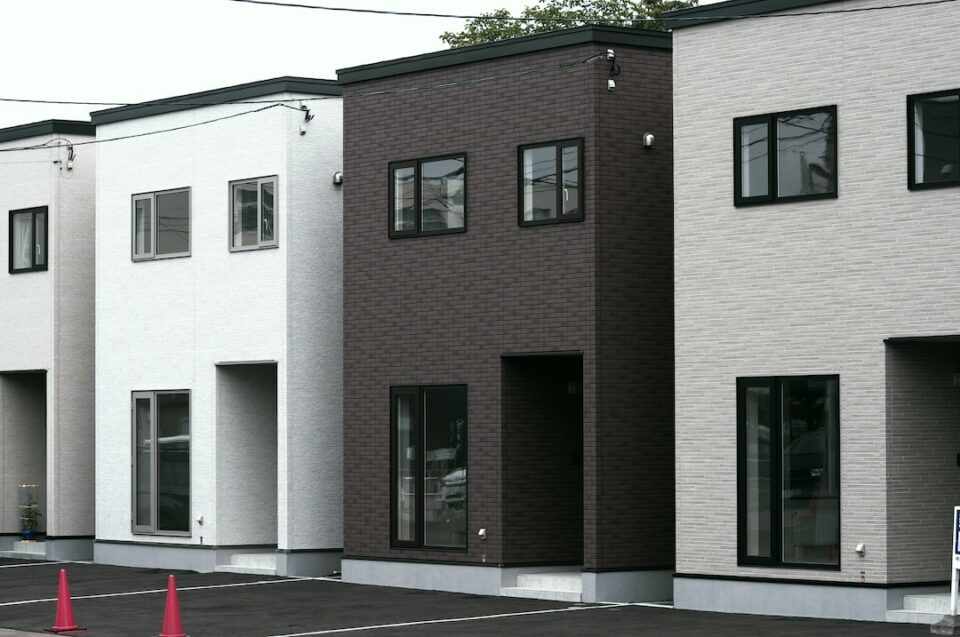The Rise of Sustainable and Eco-Friendly Homes
In recent years, there has been a significant increase in the demand for sustainable and eco-friendly homes. With growing concerns about climate change and the need to reduce our carbon footprint, people are increasingly looking for ways to live in an environmentally responsible manner. This has led to a surge in the development and adoption of sustainable building practices and technologies.
Sustainable homes, also known as green homes, are designed to minimize their impact on the environment. They are built using sustainable materials, such as recycled or locally sourced materials, and are constructed in a way that minimizes waste and energy consumption. These homes are also designed to be energy efficient, with features such as solar panels, energy-efficient appliances, and proper insulation. Additionally, sustainable homes often incorporate water-saving measures, such as rainwater harvesting systems and low-flow fixtures.
One of the most significant drivers of the rise in sustainable homes is the desire to reduce greenhouse gas emissions. Residential buildings are responsible for a significant portion of our carbon footprint, primarily due to their energy consumption. By constructing energy-efficient homes and incorporating renewable energy sources, we can greatly reduce our impact on the environment. Solar panels, for example, generate electricity without producing any greenhouse gas emissions, making them an excellent choice for homeowners looking to go green.
Another crucial factor driving the popularity of sustainable homes is the desire for healthier living spaces. Traditional homes often contain materials and finishes that release harmful chemicals known as volatile organic compounds (VOCs) into the air. These chemicals can have adverse health effects, such as respiratory issues and allergies. Sustainable homes, on the other hand, are built using low VOC materials and finishes, creating healthier indoor environments for the occupants.
The rise of sustainable homes is also closely tied to the concept of eco-friendly living. People are increasingly recognizing the importance of adopting a more sustainable way of life, and their homes are a significant part of this lifestyle. Eco-friendly homes are designed to be self-sufficient and minimize reliance on external resources. They often incorporate features such as rainwater harvesting systems, greywater recycling, and vegetable gardens, allowing homeowners to reduce their reliance on municipal water supplies and produce their own food.
In addition to benefiting the environment and individual health, sustainable and eco-friendly homes can also provide financial benefits to homeowners. Energy-efficient homes, for example, require less energy to heat and cool, resulting in lower utility bills. Moreover, as governments and organizations around the world continue to prioritize sustainability, homeowners who invest in sustainable features may be eligible for tax credits or other incentives.
The rise in sustainable homes has also led to innovations in building techniques and materials. Architects and designers are now exploring alternative construction methods, such as prefabrication and modular construction, which can significantly reduce waste and construction time. Additionally, new sustainable materials, such as bamboo, reclaimed wood, and recycled plastic, are being used to create eco-friendly homes that are both aesthetically pleasing and environmentally responsible.
However, despite the rising popularity of sustainable and eco-friendly homes, there are still challenges to overcome. The upfront cost of building a sustainable home can be higher than that of a traditional home, which may deter some potential homeowners. However, it’s important to consider the long-term savings in energy costs and potential incentives that can offset these initial costs. Furthermore, there is a need for more education and awareness about the benefits of sustainable homes, as many people are still unfamiliar with the options available to them.
In conclusion, the rise of sustainable and eco-friendly homes is a positive trend that is driven by the desire to reduce our impact on the environment, improve our health, and embrace a more self-sufficient way of life. With advances in technology and a growing commitment to sustainability, we can expect to see even more innovative sustainable homes in the future. As individuals and communities, we have the power to make a difference by choosing to live in homes that are not only beautiful but also responsible and eco-friendly.

